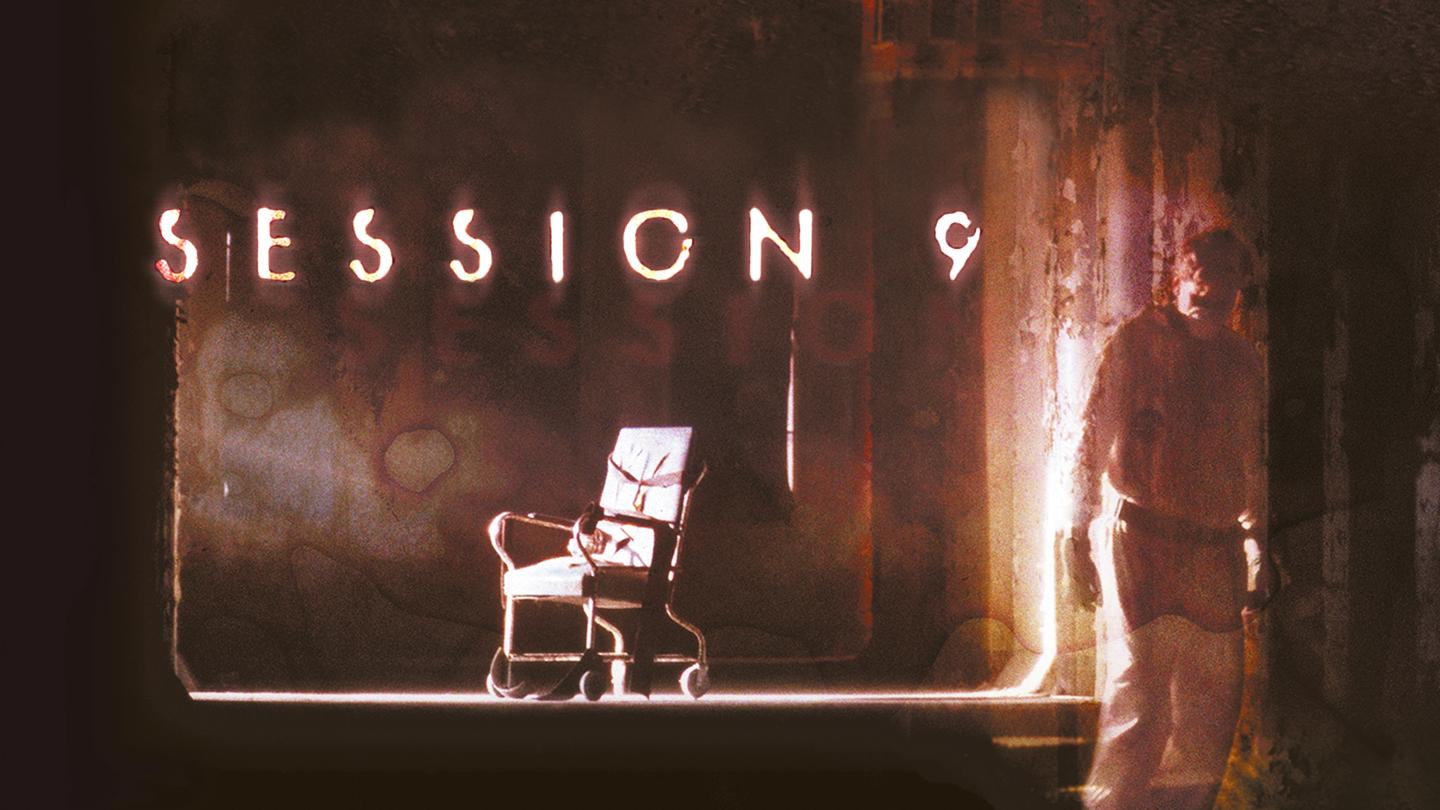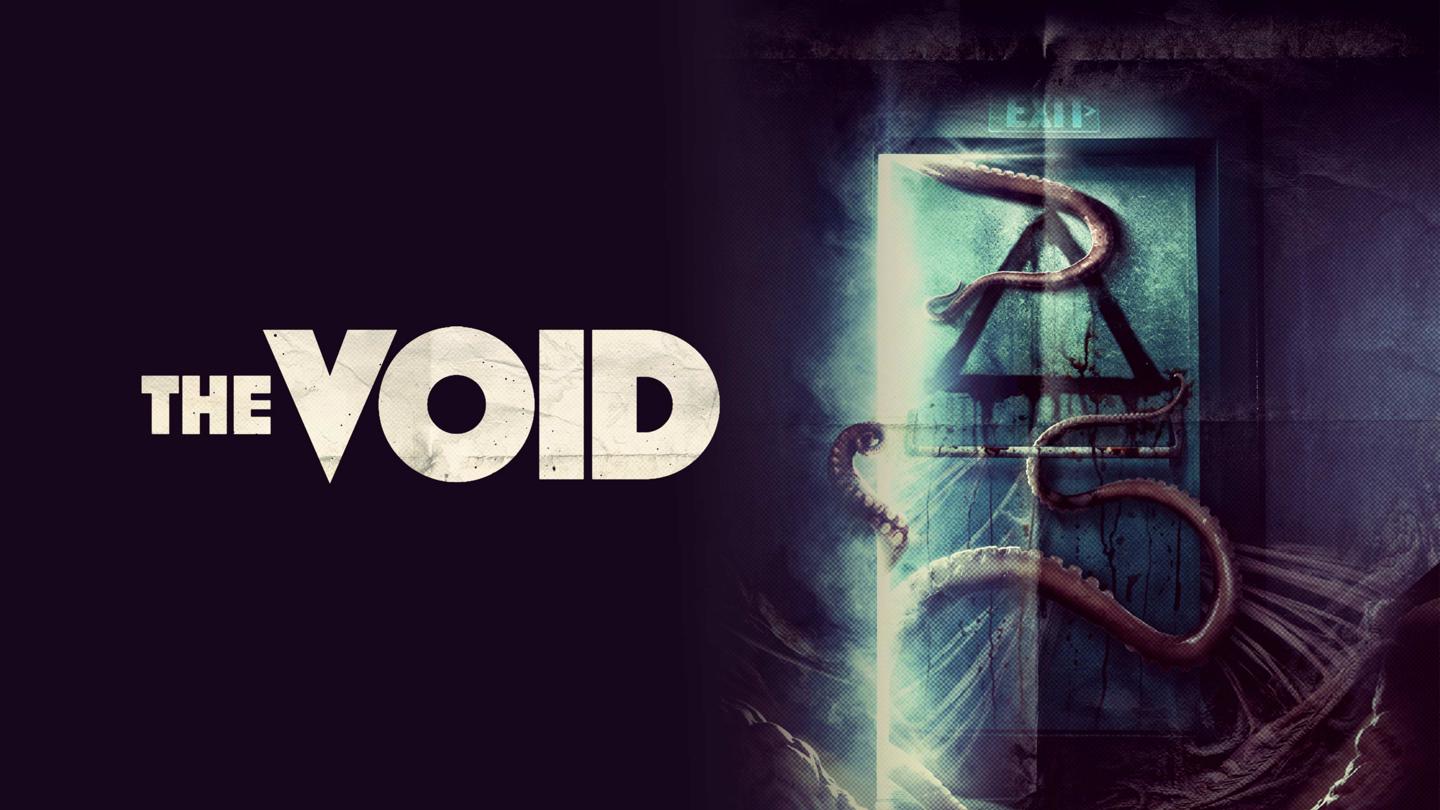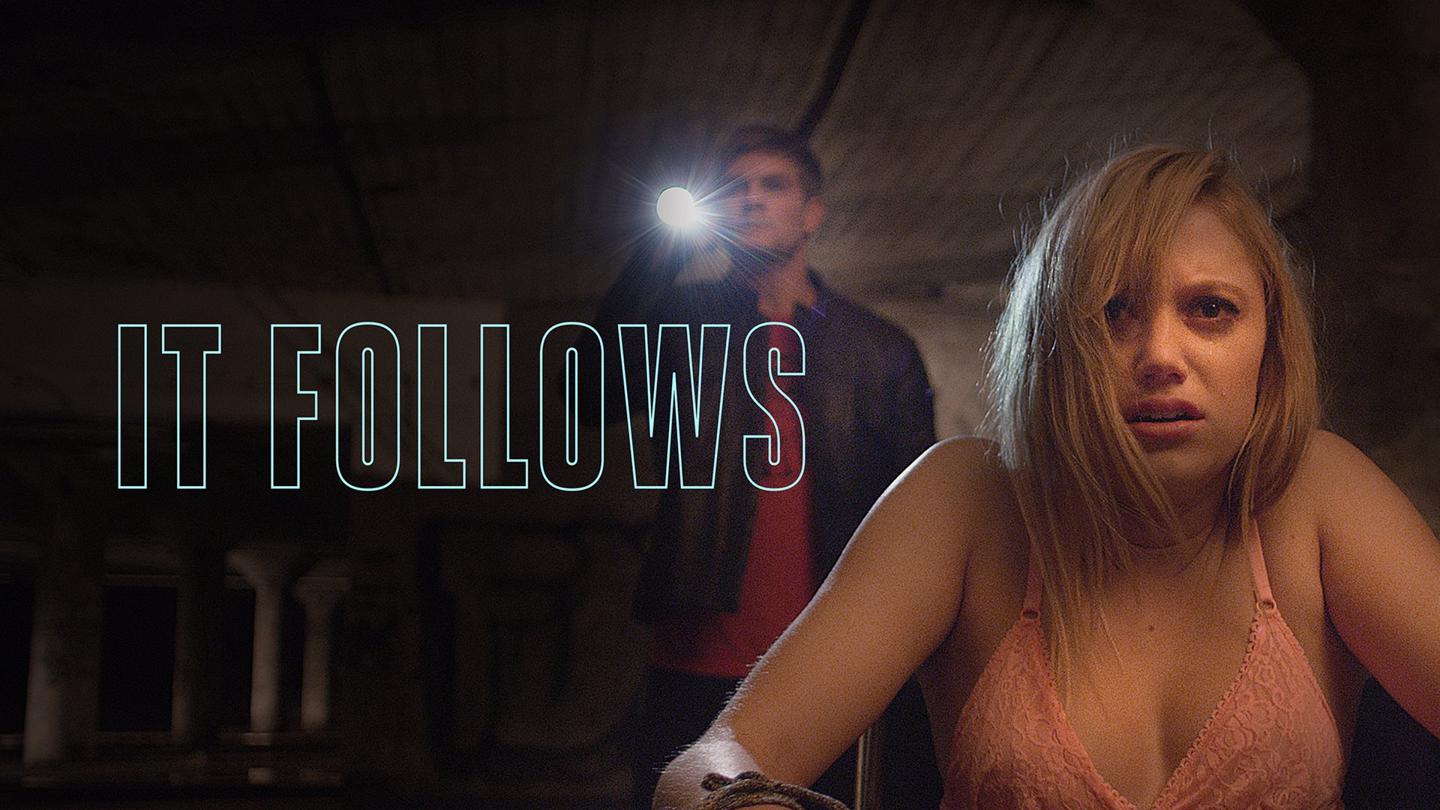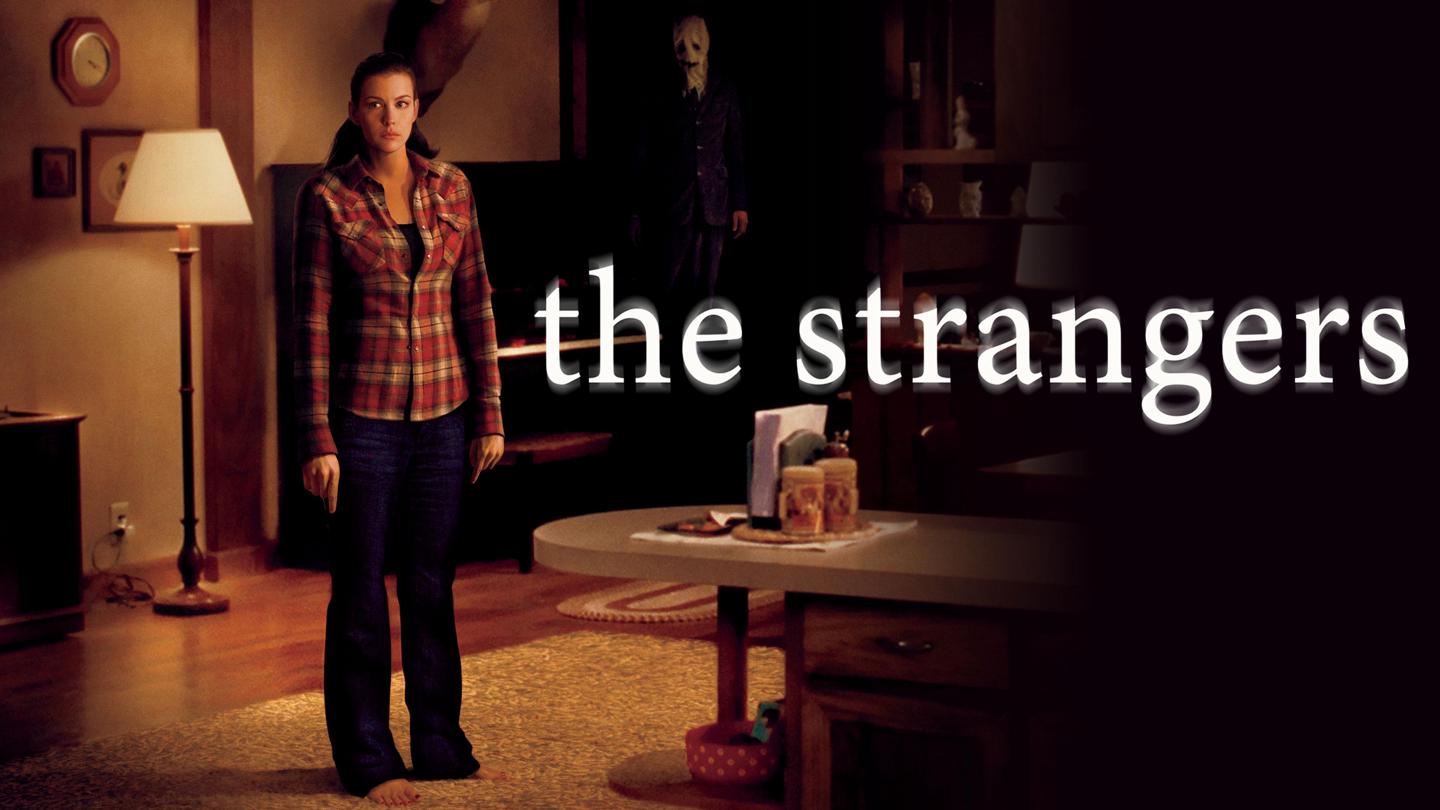
Quick Info
Session 9 is one of those horror films that doesn’t go for the cheap jump scares or gore. Instead, it gets under your skin with its setting: an abandoned mental asylum where every echo feels loaded with decades of grief and paranoia. The plot follows a crew hired to remove asbestos from the building, and right off the bat, you can tell none of these guys are going to have a good time. The film thrives on mood and slow-burn tension, which is polarizing but, in my view, really effective.
What really stands out in Session 9 is the sense of place. The Danvers State Hospital is almost a character itself. Director Brad Anderson doesn’t drench the film in special effects or elaborate set pieces. Instead, he uses the hospital’s crumbling corridors and graffiti-covered walls to create a claustrophobic vibe. It feels real because it is real; the movie was shot on location, and you can smell the mildew through the screen. That setting is pretty unforgettable.
The cast is grounded and weirdly believable in a way you don’t always see in horror. Peter Mullan is fantastic as Gordon, the foreman who starts to unravel as the job goes on. David Caruso is surprisingly solid too, dropping his trademark sunglasses for a performance that’s subtle and unflashy. None of these characters are particularly likable, but their flaws make the story land harder. The way the guys bicker and break down feels authentic, like real blue-collar workers just trying to pay the bills.
Pacing is a mixed bag. If you need a movie to hit the gas pedal after the first act, Session 9 might frustrate you. It spends a long time just letting characters roam the asylum, finding old therapy tapes and exchanging uncomfortable glances. But if you’re a fan of slow-burn horror, the tension is excruciating in the best way. The story unfolds like peeling an onion, and there’s always this sense that something terrible is just out of sight, waiting.
The sound design does a lot of heavy lifting here. Aside from the eerie score, the movie is filled with unsettling whispers and the hum of buzzing lights, making everything feel off-kilter. The therapy session tapes, in particular, are legitimately creepy. When they start playing those tapes and you hear unsettling voices talking about “Simon,” it gives you genuine goosebumps.
Session 9 is definitely more psychological than paranormal, which might disappoint anyone hoping for more supernatural fireworks. The scares come from the idea that evil is something mundane and internal. Anderson doesn’t spoon-feed the audience; instead, he layers hints and lets you put together your own theory about what’s happening. That ambiguous approach is refreshing but might leave some people cold.
Visually, the film is washed-out and grainy. Some people might think it just looks cheap, but I think the rough look adds to the unease. There’s this constant pallor in the lighting that makes everything feel sickly. The editing is jittery, especially as things get weirder, which honestly fits the fracturing mental states of the characters. I can totally see how the aesthetics here could be both a strength and a turnoff.
In the end, Session 9 is not a fun horror flick to watch with a group and shout at the screen. It’s the kind of film you watch alone on a rainy night, then spend hours afterward thinking about. Is it a perfect movie? Not quite. Some plot details feel unresolved, and the payoff might be too subtle for those craving answers. But it’s one of the more haunting, atmospheric horror films I’ve seen, and it lingers with you long after the credits roll.
The R8 Take
Session 9 is unsettling in the way The Blair Witch Project is, but with a more grown-up, psychological punch. If you like your horror cerebral and dripping with dread, give this a try. You’ll want to sleep with the lights on.



